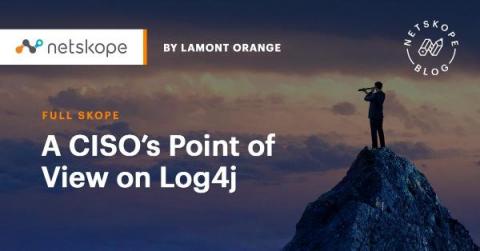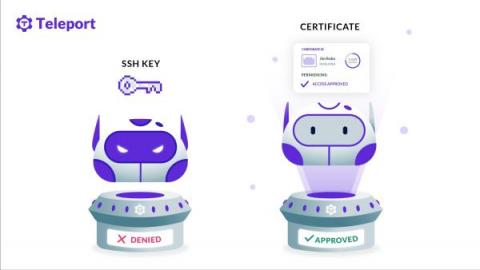A CISO's Point of View on Log4j
No sooner did word start to spread about Apache Log4j that the usual torrent of blaring headlines, vendor marketing, and tips and tricks-style “information” quickly followed. You can find plenty of solid technical analysis out there about Log4j, and we’ve already posted information about Netskope protections and threat coverage from Netskope Threat Labs. But that’s not this post.










